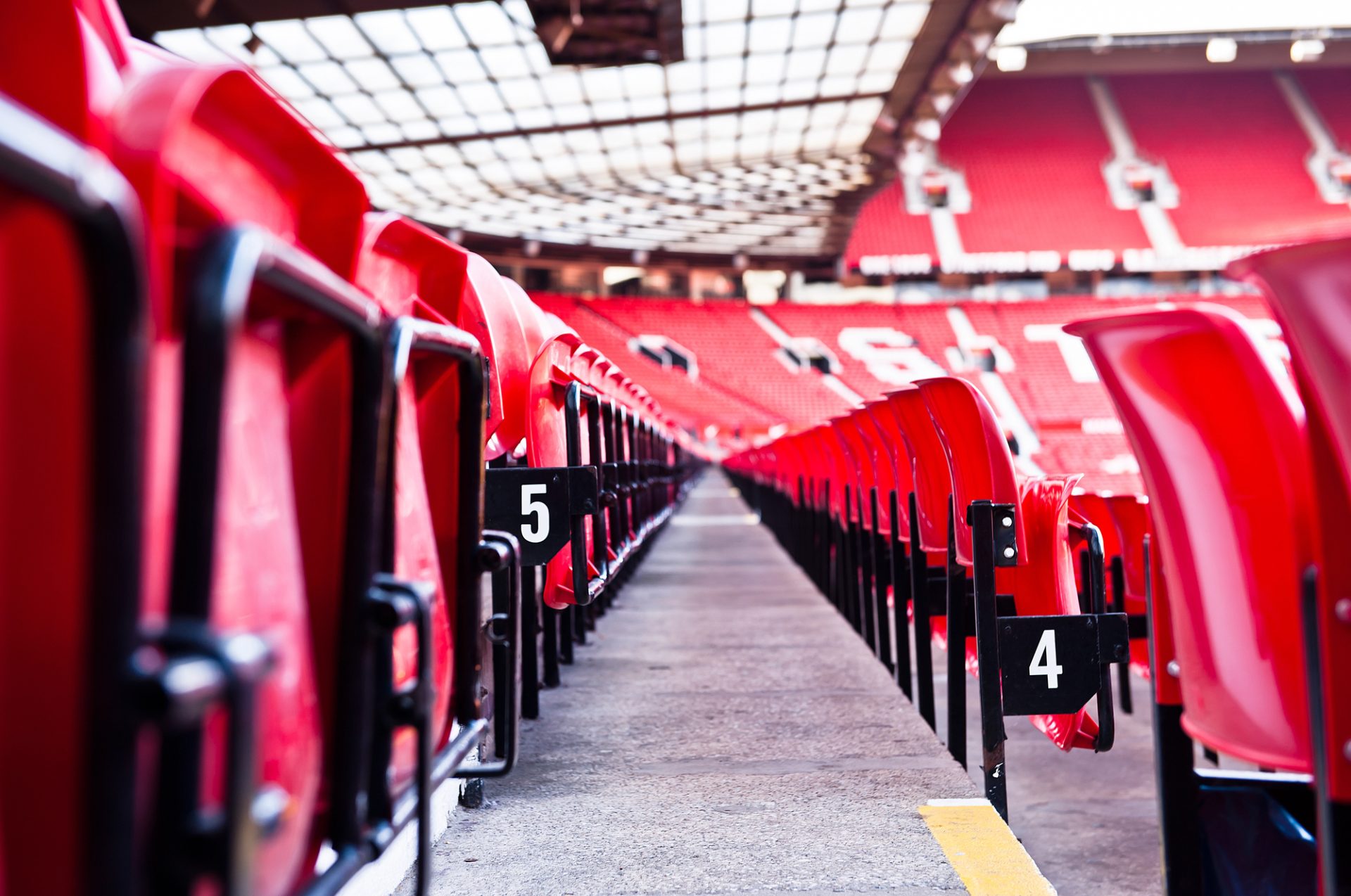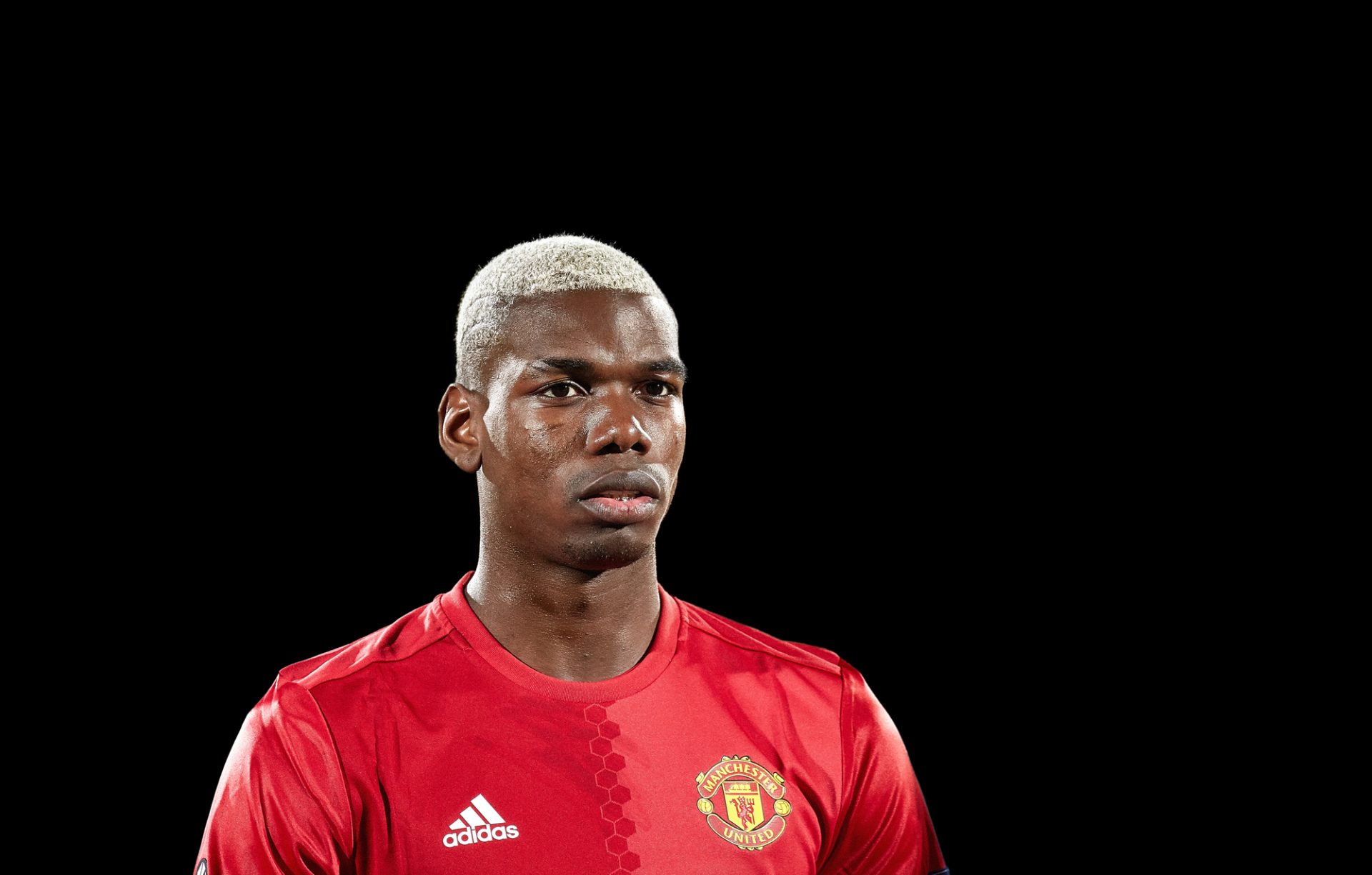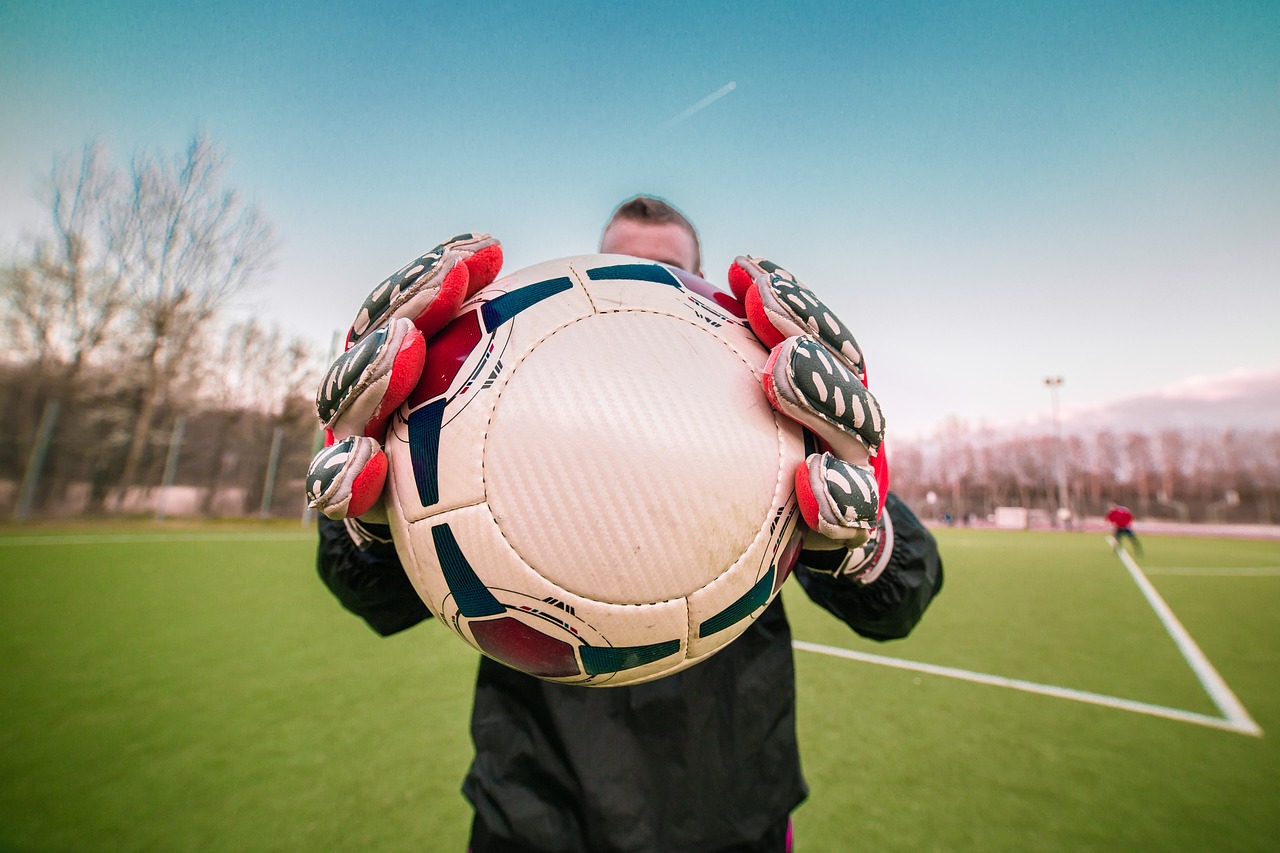Can a Goalkeeper Score from a Throw Out?
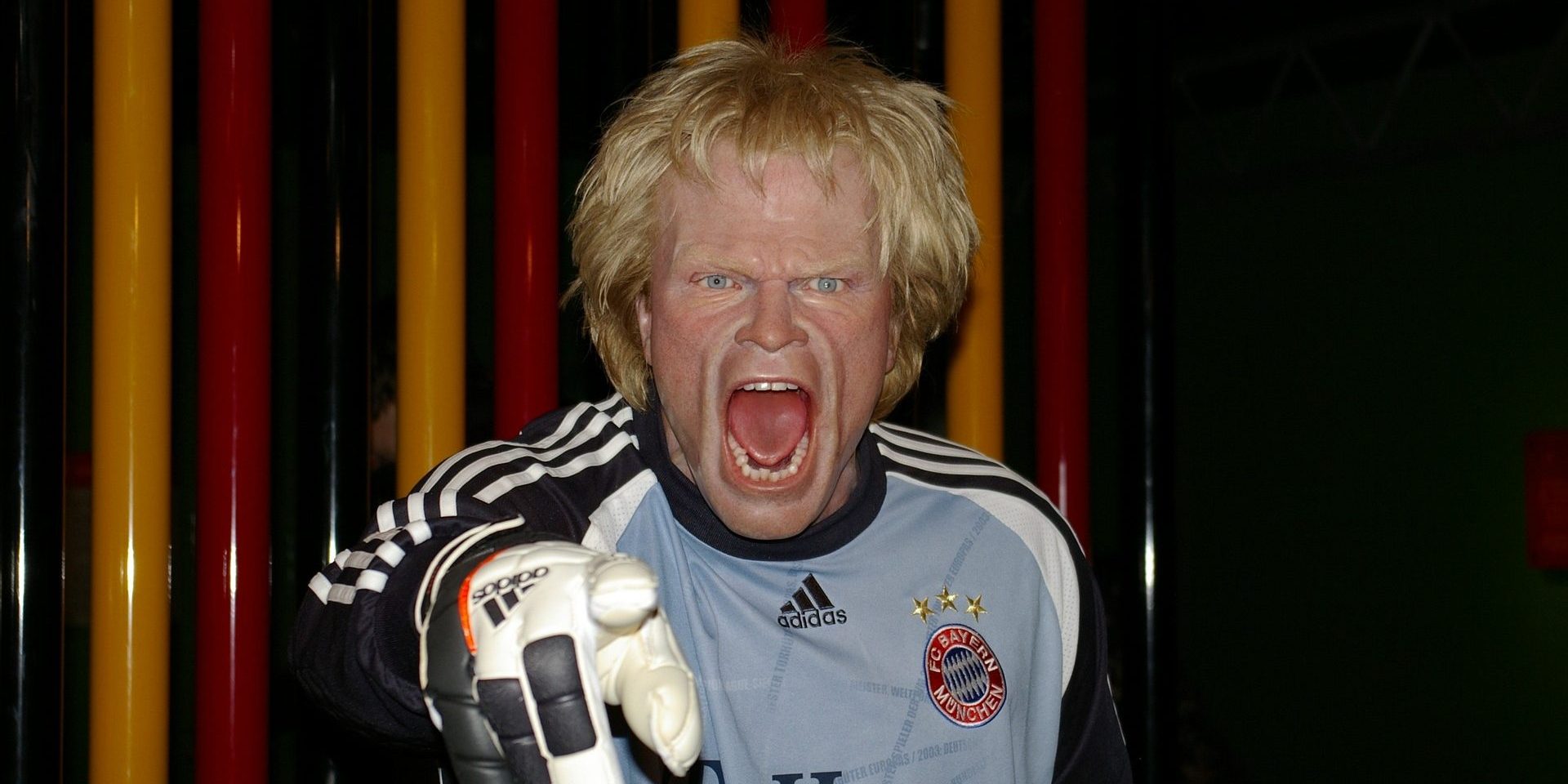
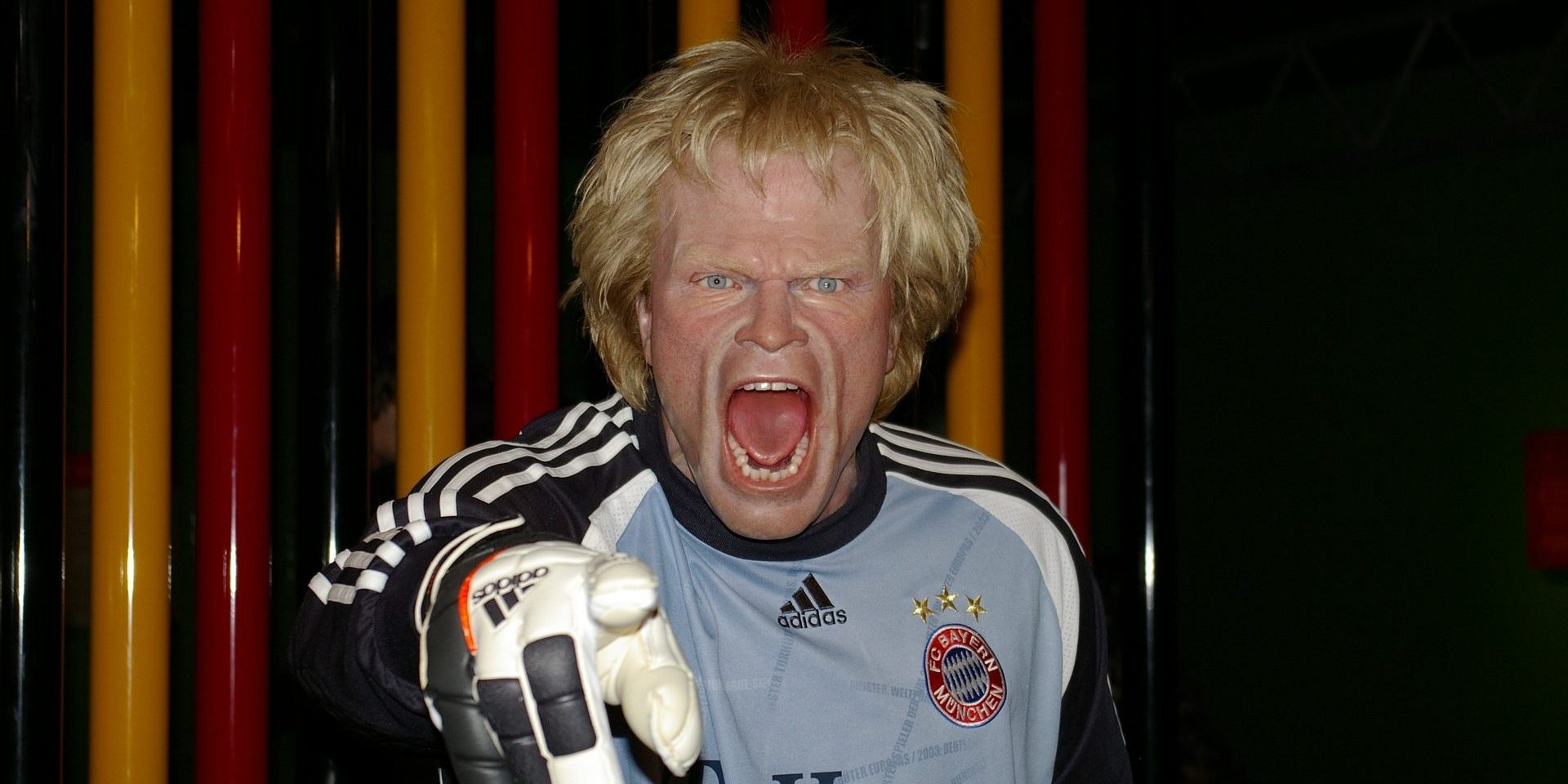
Table of Contents
In the game of soccer, the role of a goalkeeper is typically defined by their defensive duties. However, goalkeepers can also partake in offensive play, and one question that arises is whether they can score a goal from a throw out. By the rules of the game, a goalkeeper is allowed to score as long as the ball is played in a legal manner, which includes being thrown, providing it touches another player before entering the goal.
On the rare occasion, goalkeepers have found themselves on the scoresheet, often during set pieces or in the dying moments of a game when they venture into the opposition’s penalty box. Their ability to score from their own hands, however, is bound by specific rules. For instance, a goalkeeper cannot score by throwing the ball directly into the opponent’s net.
Soccer’s rules are clear in prohibiting a goalkeeper from scoring a goal by throwing the ball directly into the opposing team’s net. The laws, as outlined by the International Football Association Board (IFAB), dictate that a goal cannot be scored directly from the keeper’s hands. This underscores the distinctive nature of the goalkeeper’s position, which balances defensive responsibility with a potential, albeit limited, offensive impact.
Rules of the Game
In association football, the ability of a goalkeeper to score is defined by specific regulations. These rules ensure the game’s integrity and fairness while clarifying what is permissible during play.
Legal Scoring Methods
A goalkeeper may score a goal in football through various legal scoring methods. According to International Football Association Board (IFAB) Law 10, a goal is scored when the entire ball passes over the goal line, between the goalposts and under the crossbar, without a handball offence having been committed by the team scoring the goal. Therefore, if a goalkeeper propels the ball into the opponent’s net by kicking or heading it during play, it is considered a valid goal.
Restrictions for Goalkeepers
The actions of a goalkeeper are subject to certain restrictions within the Laws of the Game. Specifically, under Law 12 regarding Fouls and Misconduct, a goalkeeper cannot score by throwing the ball directly into the opponents’ goal. If this occurs, an indirect free kick is awarded to the opposing team from the spot of the offence. Furthermore, within their own penalty area, a goalkeeper is allowed to handle the ball; however, they are not permitted to score a goal with their hands. Also, once the goalkeeper has released the ball and it is in play, they cannot touch it again with their hands before it has been touched by another player. If they do so, an indirect free kick is awarded to the opposing team.
Historical Precedents and Records
Reviewing the history of goalkeepers scoring goals reveals remarkable feats and memorable moments, highlighting the rare but celebrated instances of goalkeepers finding the back of the net.
Famous Goalkeeper Scorers
- Rogério Ceni: The Brazilian goalkeeper is renowned for his extraordinary goal-scoring record. He has scored an impressive 131 goals during his career, more than any other goalkeeper in the history of the sport.
- José Luis Chilavert: Another notable goal-scoring goalkeeper, Chilavert found the net 67 times and is esteemed for scoring eight goals in international matches, cementing his place in footballing lore.
Notable Scoring Instances
- Asmir Begovic: On November 2, 2013, Stoke City’s goalkeeper scored from a long kick that found its way into the opposing goal, entering the record books for scoring one of the longest goals in football history.
Technical Aspects of a Throw
Before a goalkeeper can attempt to score from a throw, understanding the technical details behind executing a proper throw is essential. These techniques ensure that the ball is delivered accurately into the field of play.
Throwing Technique
In football, the throwing technique is governed by specific rules. The player, which can include the goalkeeper, must deliver the ball with both hands from behind and over their head. During the execution of the throw, both feet must remain in contact with the ground, on or behind the touchline. The throw must follow a fluid motion that brings the ball from behind the head to the release in front. This process involves a skillful use of the arms to propel the ball through the air effectively. It’s crucial for the ball to re-enter the field of play to ensure continuous action.
Scoring Goals from a Throw
When it comes to scoring goals from a throw, there’s a clear distinction to be made; a goal cannot be scored directly from a throw-in. If a goalkeeper or any other player throws the ball directly into the opponents’ goal without it touching another player, the referee will disallow the goal. Instead, a goal kick is awarded to the opposition. However, if the ball is thrown to a teammate or an opponent and then played into the goal, the goal may stand. The goalkeeper’s ability to score a goal relies on the accuracy and power of the throw, as well as the subsequent play by teammates on the field.
Gameplay and Strategy
In soccer, a goalkeeper’s ability to contribute to gameplay and strategy extends beyond mere defense. Their unique position allows them to influence the field and take advantage of certain rules to potentially aid their team in scoring.
Positional Play
The position of the goalkeeper is deeply strategic and extends beyond the penalty area. Modern soccer has introduced the concept of the “sweeper keeper,” a player who actively participates in the distribution of the ball and field coverage. This player often steps out of the traditional zone to intercept passes and support the defense, effectively becoming an additional outfield player. This active role takes advantage of the goalkeeper’s allowance to handle the ball within their box, offering an advantage in cases where quick recovery and distribution are needed.
Using Throws Advantageously
When it comes to throwing the ball, goalkeepers are afforded the unique ability to directly influence an attack with a well-placed throw. A goalkeeper can score by throwing the ball directly into the opposing team’s goal, as long as it does not first touch another player on the same team and the throw does not originate from a deliberate back-pass using feet from a teammate. In situations where the opposing team is not prepared and the field opens up, an accurate and strong throw can catch opponents off guard. The rarity of such events makes them unexpected, giving goalkeepers who can throw far and with precision a strategic tool to potentially score or assist in a goal against the opposition.
Infractions and Consequences
In a soccer match, certain rules govern the play and maintain its integrity. The infractions during a throw, including a goalkeeper’s throw out, are specifically outlined, and repercussions for these actions are stipulated to ensure fair play.
Common Offenses during Throws
During a throw-in or a goalkeeper’s throw out, players must adhere to the rules of the game. Some common offenses include:
- Stepping on or over the line during the throw
- Throwing the ball with one hand
- Failing to deliver the ball from behind the head
- Taking a throw-in from the wrong location
If any of these violations occur, the opposing team is awarded a throw-in. Repeat violations may be seen as time-wasting, a tactical mistake that referees often address with a yellow card.
Guest: Violations and Punishments
For goalkeepers, while distributing the ball, specific infractions can lead to significant penalties:
- Time-wasting: Goalkeepers have six seconds to release the ball into play; failure to do so can result in a caution, typically a yellow card.
- Handling offenses: If a goalkeeper handles the ball after it has been deliberately kicked to them by a teammate, they can be penalized with a direct free-kick.
- Offenses during a penalty kick: Should a goalkeeper infringe the rules during a penalty scenario, such as moving off the goal line before the ball is struck, the kick may be retaken, and they could receive a caution.
In more severe situations, or for repeated offenses, the infraction may warrant a red card, removing the player from the game and reducing their team to ten players.

